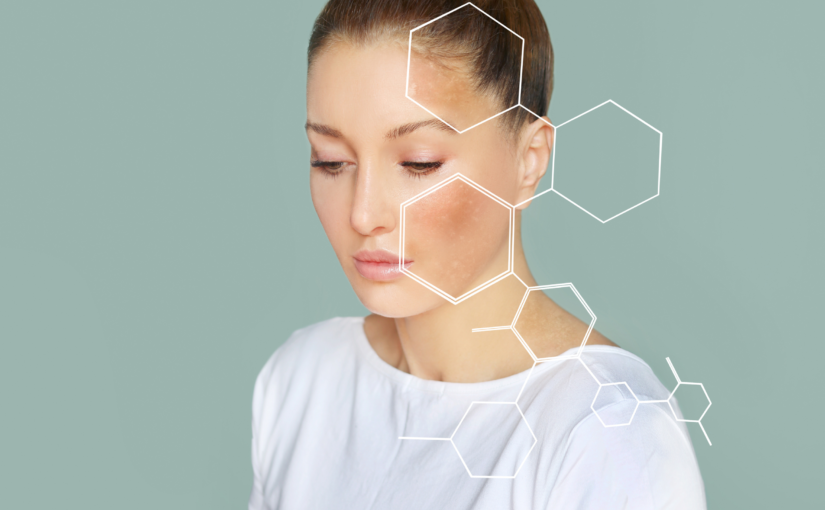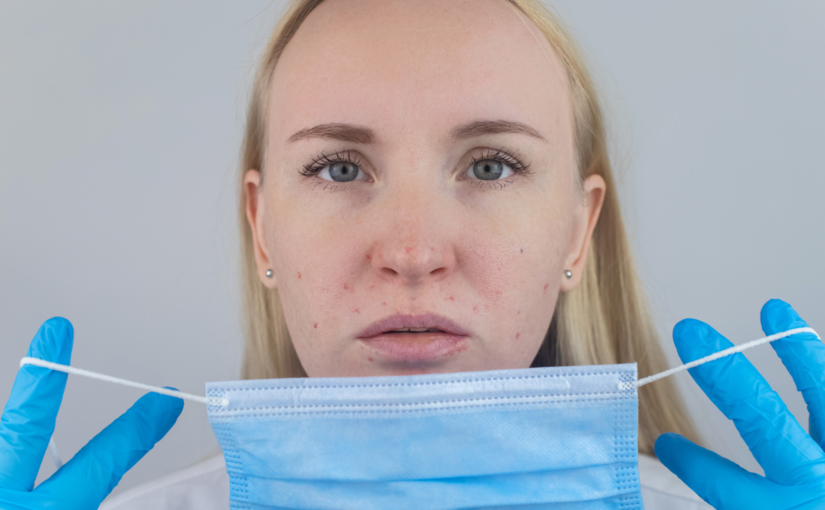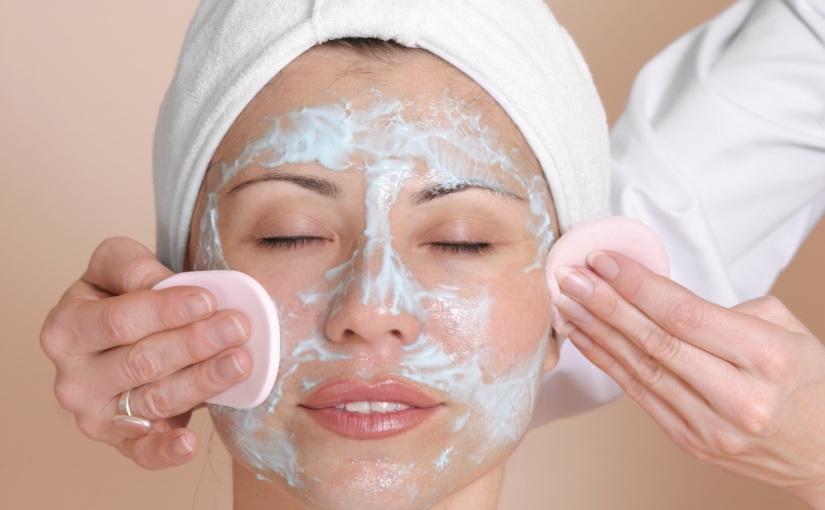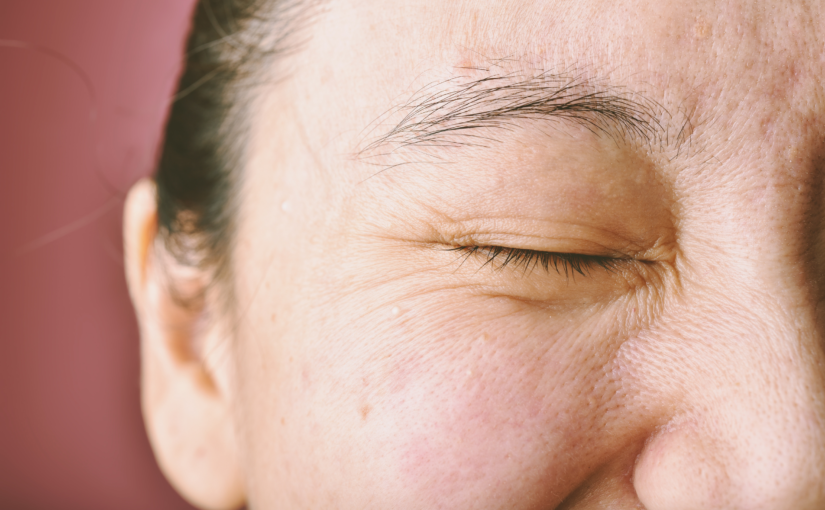When we have a compromised barrier function our skin becomes more vulnerable to external attacks from things such as pollution, pathogens, microorganisms, the weather etc. It also loses the ability to hold onto the natural hydration in the skin. This hydration is vital to keeping our skin healthy, inflammation down, and its ability to fight attacks from those external forces. Our overall cellular functioning throughout the skin also requires moisture, and I always find a more hydrated skin is more tolerant to most things especially active skincare.
So what are the symptoms of a compromised barrier function? I have listed these below, this list is by no means exhaustive but these are the most common signs.
- Skin tightness (constant/after cleansing)
- Flaking, dehydrated skin
- Oiliness combined with flaking/tightness
- Redness or sensitivity
- Dullness
- Breakouts
- Under the skin bumps/spots
- Premature ageing
- Dermatitis
Desquamation
I thought it was important to mention this as this process in the skin can be dramatically reduced due to our barrier being disrupted. The process of desquamation is the natural shedding of those old skin cells on the surface of the skin to allow for the cycle of the epidermal cells to keep going. Our epidermal cells start off at the base layer of the epidermis and move up, as they do this they become hardened and more resilient to allow for the protective ability needed at that top layer. Once they have reached the top, a chemical process dissolves the bonds between these cells to allow them to shed off and become house dust. This chemical reaction requires moisture to happen, and if our barrier is impaired we lose that all-important moisture and the desquamation process is affected. This results in our skin looking dull, flaky, and our whole epidermal skin cycle slowing down.
What can impair your barrier function?
You might have read the list above and thought that your skin is experiencing some of the signs of an impaired barrier, but what might be causing it?
Below I have listed a few factors that can cause the skin to become compromised, again this is not an exhaustive list but if you feel you are currently suffering from the symptoms it is always a good idea to get professional advice.
- Over-exfoliation
- Incorrect cleansing products
- Sun damage
- Pollution
- Cold weather/wind
- Hormones
- Stress
- Smoking
- Diet
- Dry atmosphere
- Medication
- Diet
As you can see there are many elements that can affect the resilience of our skin, and we probably encounter more than one of these on a daily basis. Our skin is designed to cope with a lot and sometimes all that is needed is to maybe just stop using a certain product and leave your skin to repair and rebuild on its own, other times it may need help. I have included a few products below that are my go-to remedies for compromised skin. But remember this is a general recommendation and without a skin assessment you won’t get individual advice.
Dermaviduals DMS Cleansing Milk
I see so many compromised skins due to incorrect cleansing products used, so your cleanser is the foundation of your skincare regime and a big player in the integrity of your barrier. The Dermaviduals cleanser is gentle, effectively removes makeup and impurities without negatively affecting the skin. There is nothing in this cleanser that the skin doesn’t recognize or that can upset the protective element of the skin.
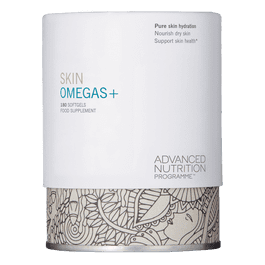 Skin Omegas
Skin Omegas
Our skins natural lipids are made up of these essential fatty acids, so adding these supplements into your diet will help keep those lipid levels high and your lipid bilayer making up the skins barrier function nice and strong.
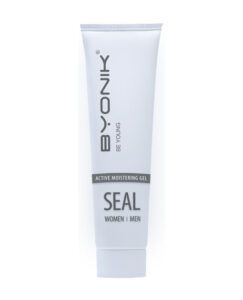 Byonik Supreme Seal
Byonik Supreme Seal
This product is a must for repairing barrier disruption. Containing a high content of ceramides, fatty acids and cholesterol that make up our barrier lipids. It reduces that water loss and restructures the skin’s barrier. It’s also a great product for healing conditions such as eczema and dermatitis.
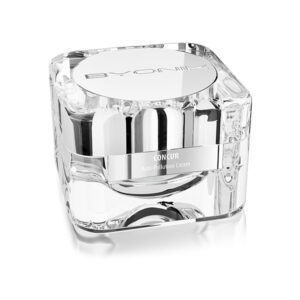 Byonik Concur Cream
Byonik Concur Cream
Another product full of those essential lipids, the Byonik anti-pollution Concur cream Contains repairing, healing, and hydrating actives as well as the powerful anti-ageing peptide Matrixyl Synthe 6 promoting the production of collagen, elastin and the all important Hyaluronic acid for hydration.
These are just a few of my recommendations for compromised skin, but my advice is to always see a professional that can give you individual recommendations for your skin and investigate why your skin is behaving the way it is.
To make an appointment to see myself please click here, I offer virtual consultations during lockdown or for anyone that cannot get into clinic to see me. If you are interested in purchasing any of the recommendations above please email me here.
Thank you for reading
Rebecca x

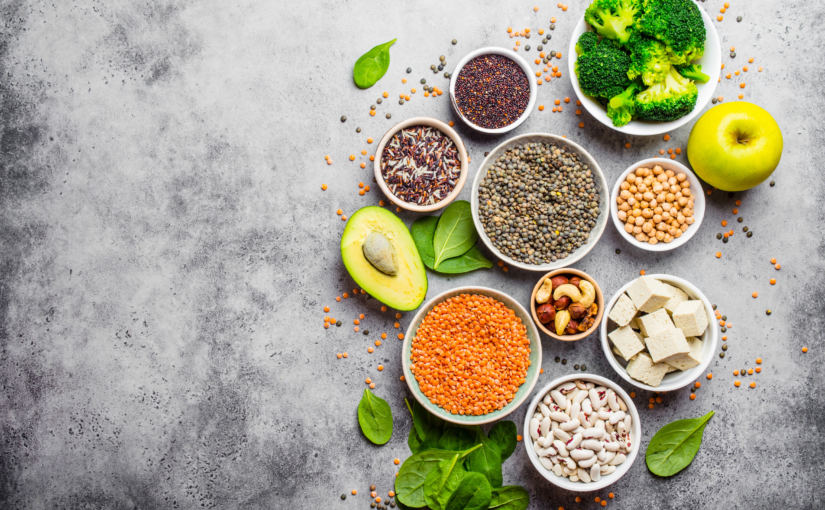
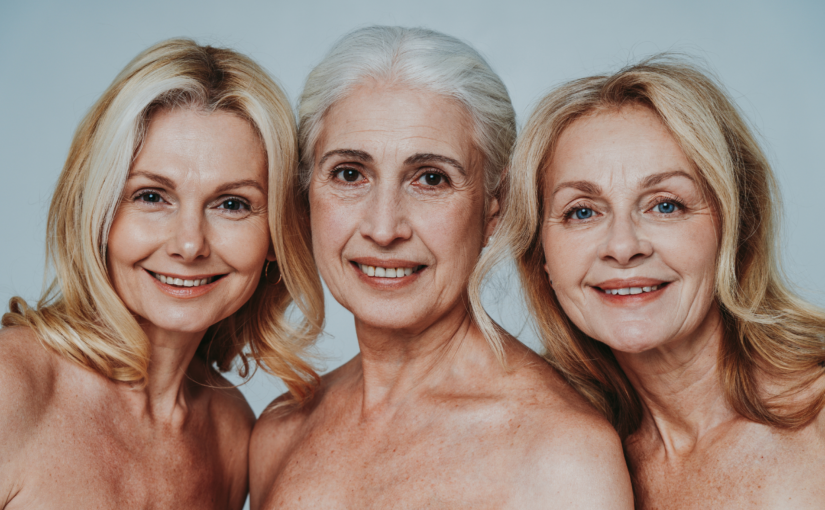
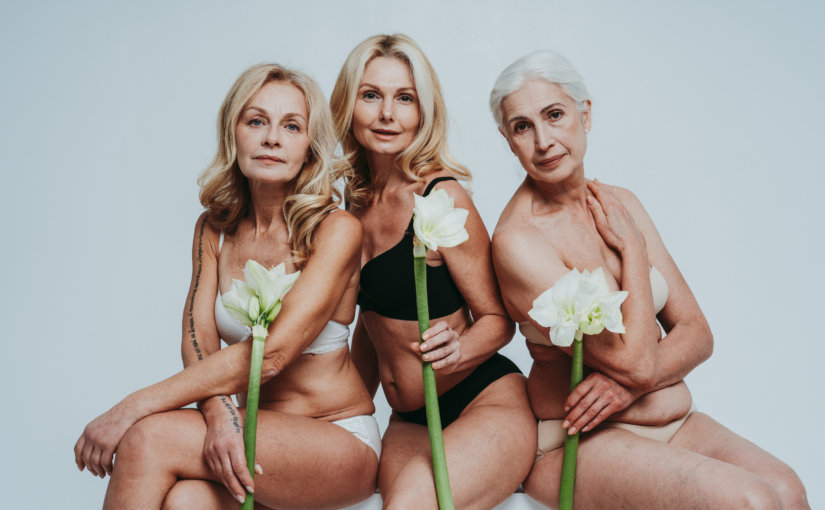
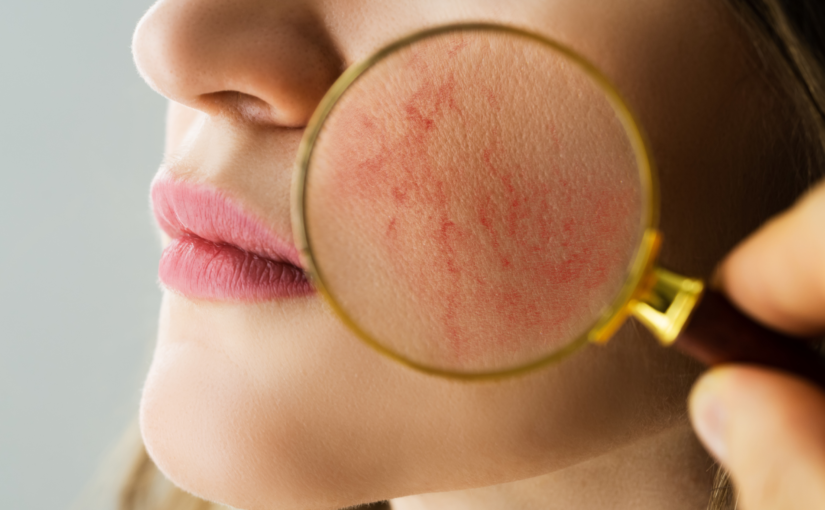
 Skin Omegas
Skin Omegas Byonik Supreme Seal
Byonik Supreme Seal Byonik Concur Cream
Byonik Concur Cream